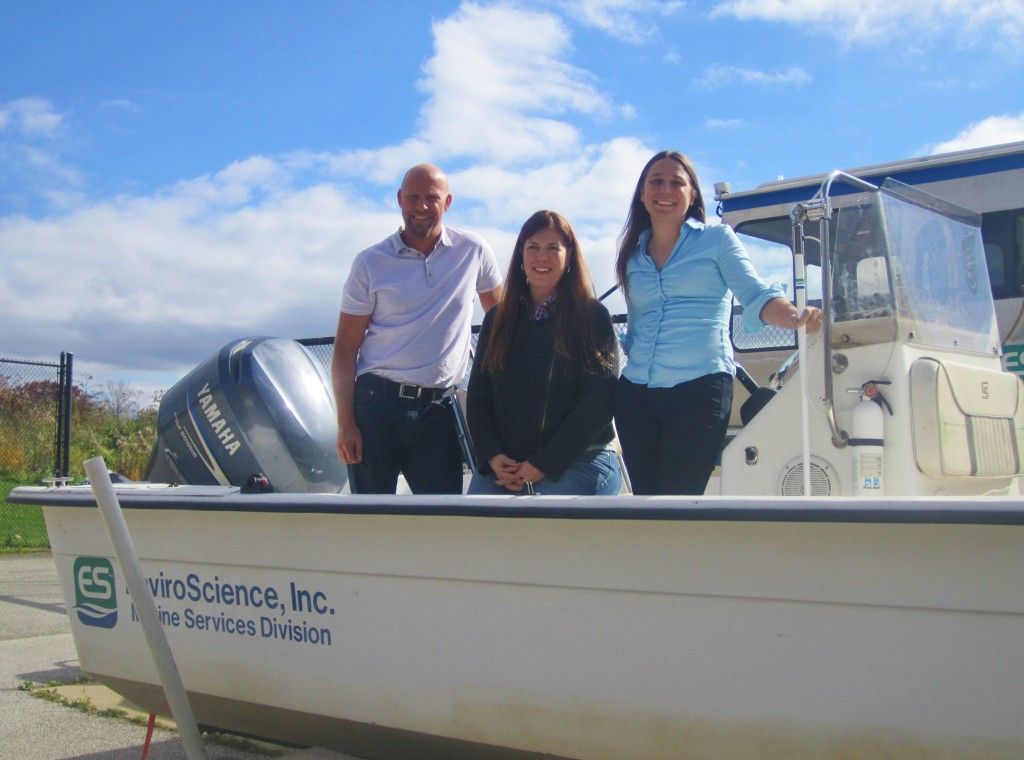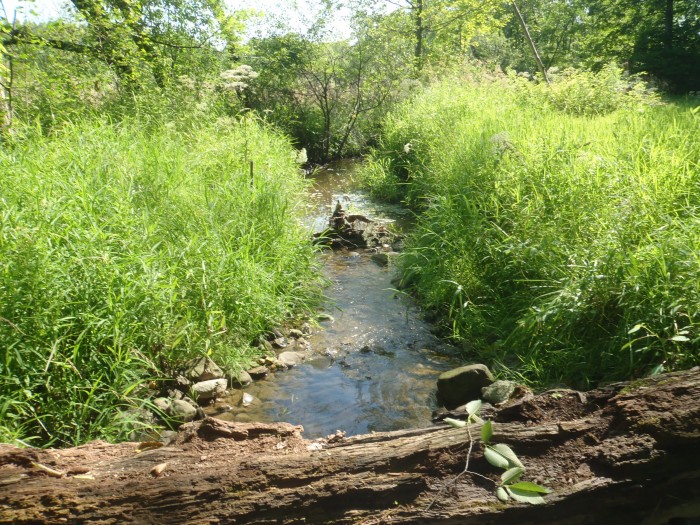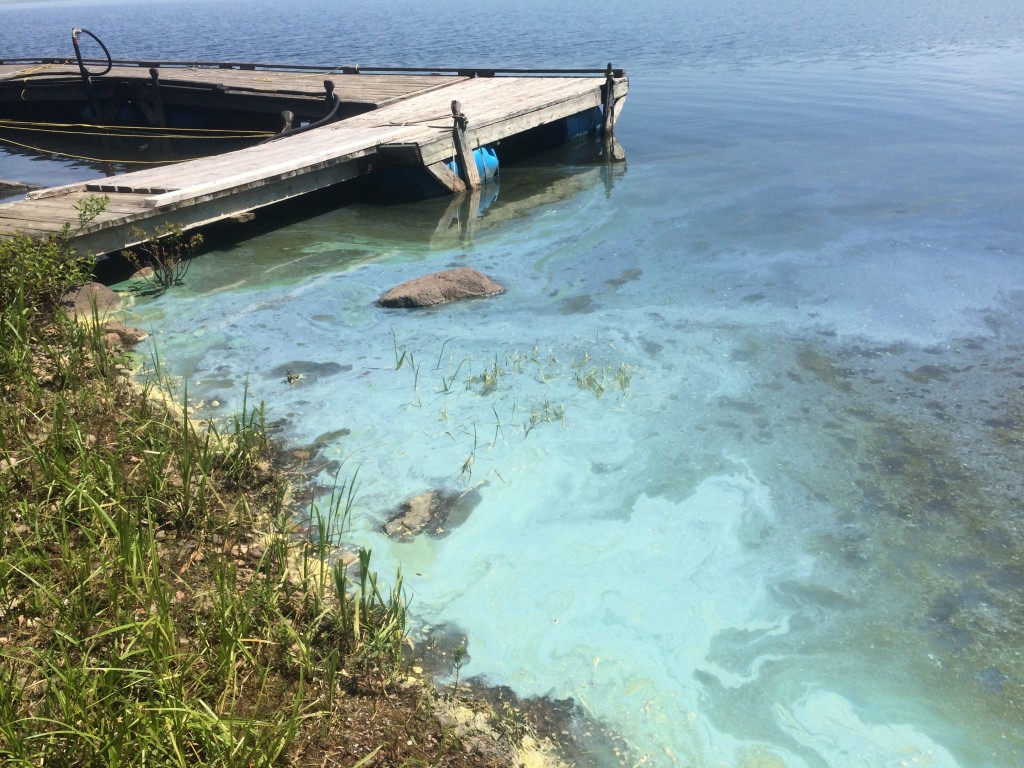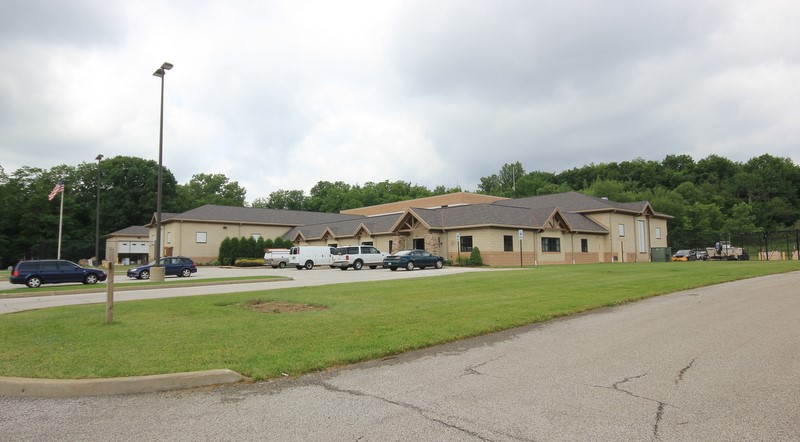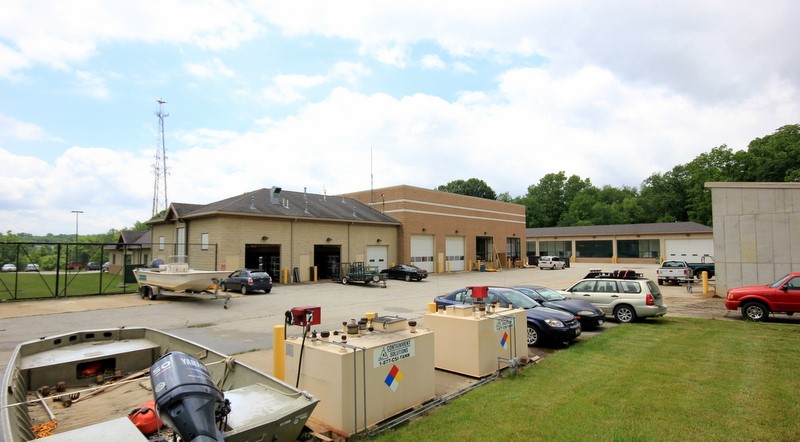ES Awarded Medical Mutual SHARE Award & Weatherhead 100 Outstanding Growth Award
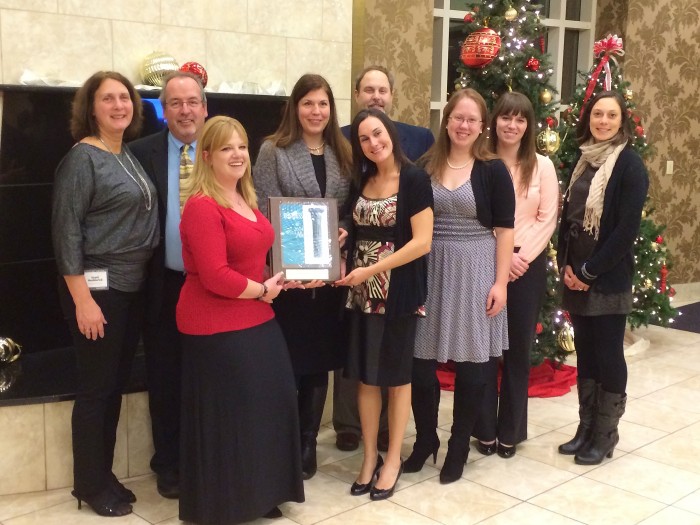
Pictured from left to right: Joani Hedderick, Marty Hilovsky, Joanne Pem, Jamie Singer, Krista Tomasello, Michael Liptak, Kelly Rodriguez, Marcy Taylor & Emma Kennedy
CLEVELAND, OH—December 4, 2014—EnviroScience’s (ES) Corporate Responsibility Committee was honored to be standing alongside many exceptional organizations Tuesday night during the Medical Mutual 2014 Pillar Awards for Community Service. EnviroScience was one of thirteen companies in Northeast Ohio being recognized for its outstanding initiatives to give back to their communities.
The same week, EnviroScience made the highly regarded Weatherhead 100 list, which distinguishes the fastest growing companies in Northeast Ohio. Managed by the Council of Smaller Enterprises, this recognition is objectively determined through several growth statistics. ES was honored among professional peers at the annual Weatherhead 100 Award dinner on Thursday, December 4. It is proud to be receiving this honor for its fifth consecutive year.
EnviroScience was started in 1989 by a small group of biologists as an environmental services company in Stow, Ohio. It now has over 80 employees and is a national leader in environmental consulting and services. Despite its tremendous growth, it has still managed to keep its original, open-minded, entreprenuerial culture. ES executives encourage all employees to bring their ideas forward. This has not only contributed to the bottom line, but has also created a team atmosphere inside and outside of work.
For example, its Corporate Responsibility Committee (CRC) has a phenomenal staff participation rate at 40%. It was not a surprise that EnviroScience received the Medical Mutual SHARE Award, which is presented to a single for-profit company in the region. The award is given by Medical Mutual’s own SHARE Committee to an organization that they feel has similar ideals and exemplifies the SHARE acronym: share, help, aid, reach and educate; all of which ES’s CRC does very well.
“Our real success as an organization is measured by the legacy we leave.” –ES Board of Directors
The CRC was formed in 2012 with the goal to “to give back to our community through our sustainability initiatives, time, labor, expertise, and of course financially by helping to fund projects and activities of particular interest to our members and employees.” With enthusiastic support from ES executives and seed money provided by the ES Board of Directors, the CRC has been able to grow and continue making a meaningful impact for the company and community.
Most of the CRC members volunteer in many different arenas and bring to the committee a unique perspective of various charities and their missions. For example, a CRC member requested a donation in 2012 for her annual Pedal to the Point in support of MS. This provoked a viseral response as the CRC came to find out two of its members had been quitely living with MS. In the last two years the ES Against MS Pedal to the Point Team has raised nearly $20,000 for the Multiple Sclerosis Society. CRC member and Team Captain Brooke Harrison continues to grow the team and expects the 2015 team to have more than fifteen byciclists who will travel 150-miles across Northeast Ohio in an event called “MS Pedal to the Point.”
In another case, the CRC made $1,500 dollars in donations towards the March of Dimes after one of its employees shared that the organization helped his family with the premature birth of his daughter eleven years ago.
Another popular CRC initiative is helping build houses through Habitat for Humanity, where CRC members have contributed nearly 200 person-hours of work so far.
Although the CRC and its members continue to participate and contribute to dozens of organizations and causes, some of its more notable group initiatives include volunteer work for ACCESS Women and Chlidren’s Shelter, the Semi-annual Little Cuyahoga River Clean-Up (an ES program which has removed over 60 tons of debris from area waterways), Akron Canton Food Bank, North Coast Community Housing, the Cuyahoga County Animal Shelter and the Monk Seals Foundation. ES and the CRC has also contributed more than $80,000 in scholarship opportunites for advanced degrees. Additionally, the CRC recently established the Benjamin A. Foote Lecture Series at Kent State University as a way to honor one of its founding board member’s legacy for education in science.

Members of the ES CRC participating at their first home construction with Habitat for Humanity Summit County.
In 2013 ES became a proud member the United Nations Global Compact. The Global Compact provides a platform for companies to align their strategic planning goals with the internationally accepted 10 global principles such as human rights, labor, environment, and anti-corruption. Thinking globally is just one of the CRC’s objectives; others include improving science, math and technology education, women and children’s rights, the environment, health and sustainable practices.
Since 2012, the CRC has been honored to support these exceptional organizations and causes in various ways with their time, talent and treasure:
- ACCESS Women and Children’s Shelter
- MS and Pedal to the Point
- Threatened and Endangered Species
- Partners for Clean Streams
- Cerebral Palsy
- Springtime of Hope
- Haven of Rest
- Get the Lead Out
- Polar Express
- The Free Clinic of Greater Cleveland
- Semi-Annual Little Cuyahoga River Clean-up
- Local Schools: Science Programs and Mobile Field Trips
- Paws and Prayers Pet Rescue
- Special Olympics
- Stow Kiwanis Club
- Fishery Habitats
- Polar Bear Jump
- Monk Seals Foundation
- North Coast Community Housing
- Akron-Canton Regional Food Bank
- Children’s Miracle Network
- Improved sustainability efforts within ES
- Stow Historical Society
- Cancer Research
- Habitat for Humanity
- Autism
- March of Dimes
Congratulations to the ES Corporate Responsibility Committee! Their exemplary leadership in giving back proves that corporations can have a powerful impact on the face of business while also helping to support members of our local community.

